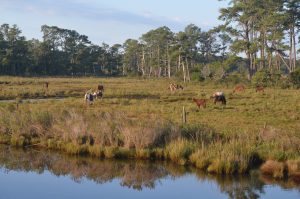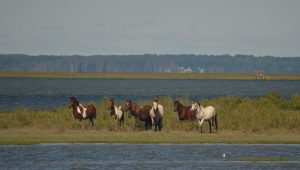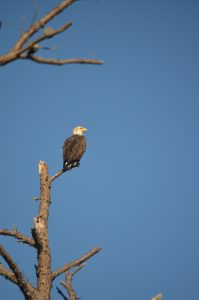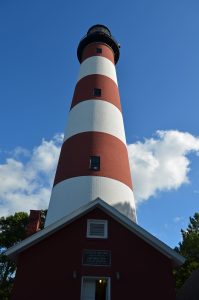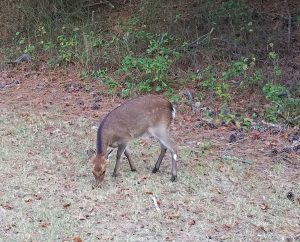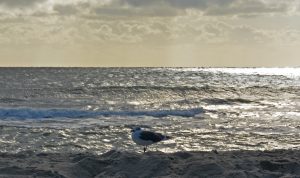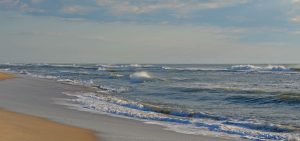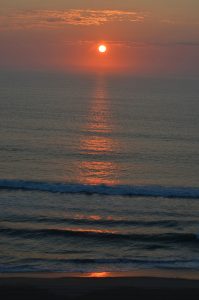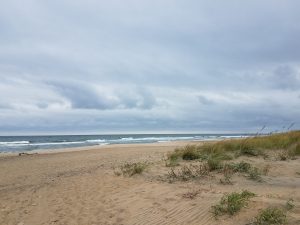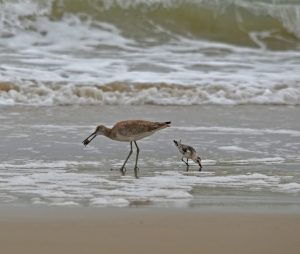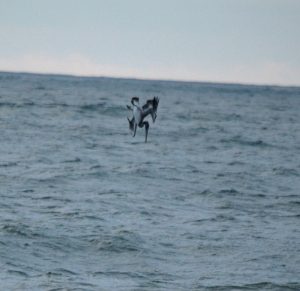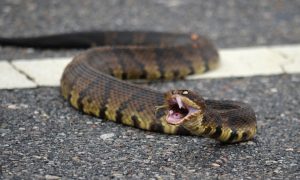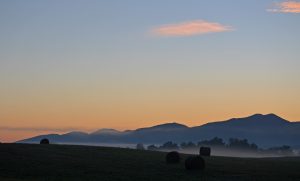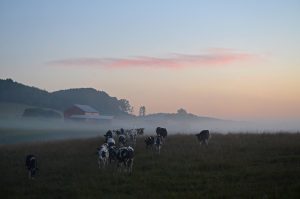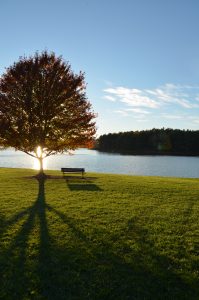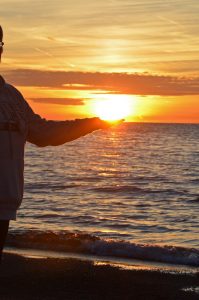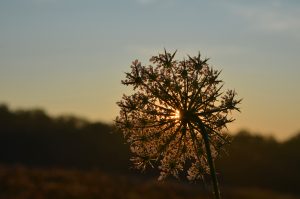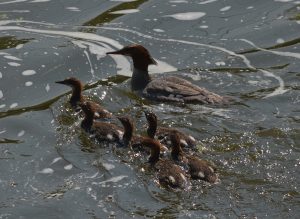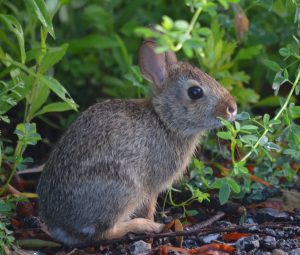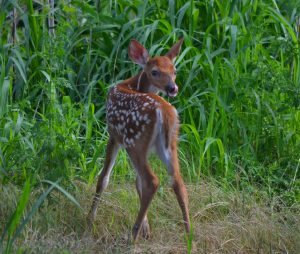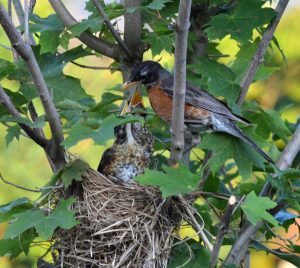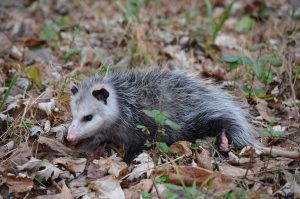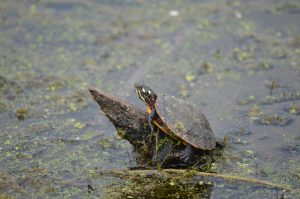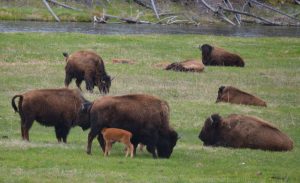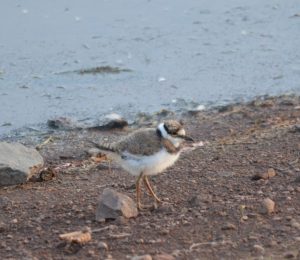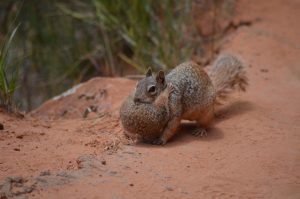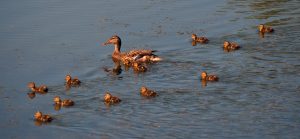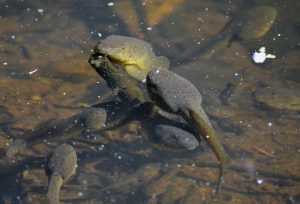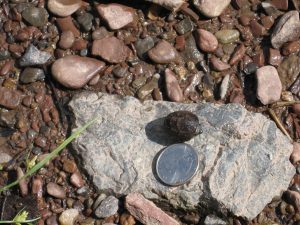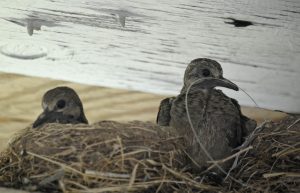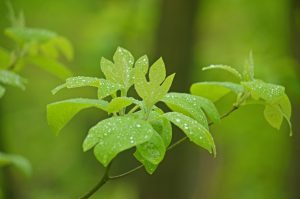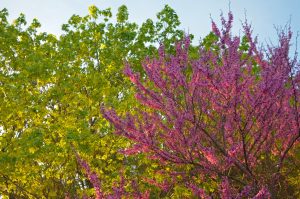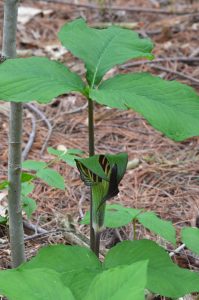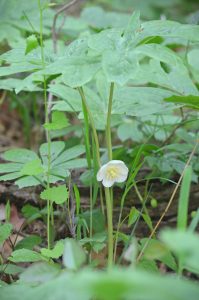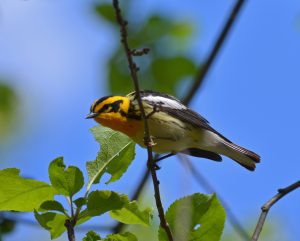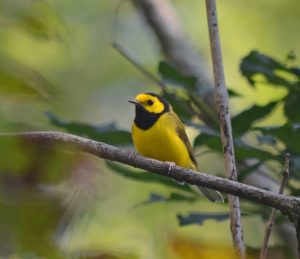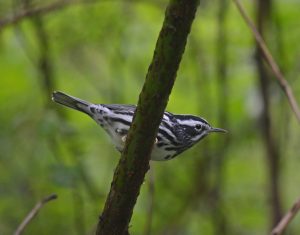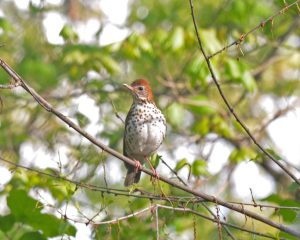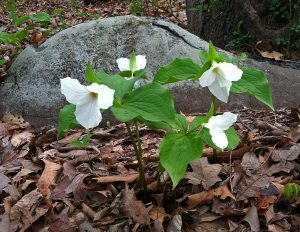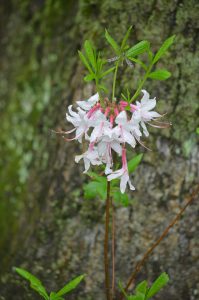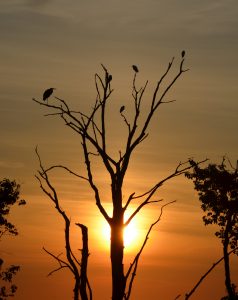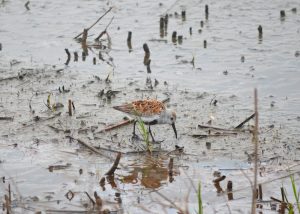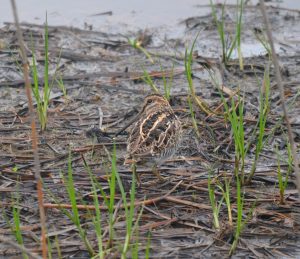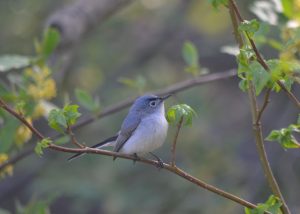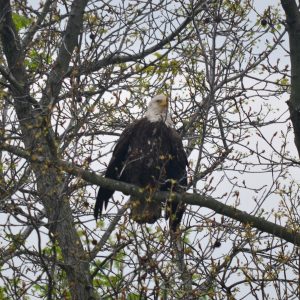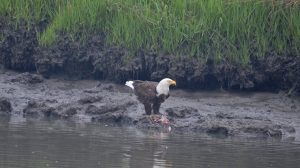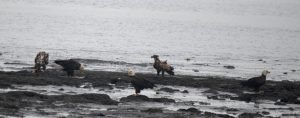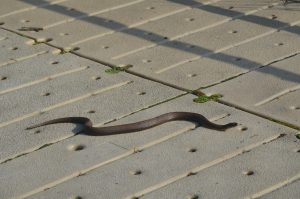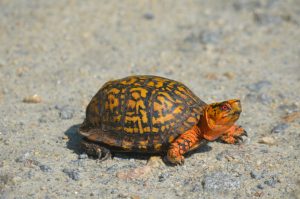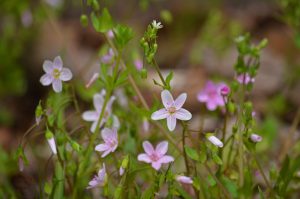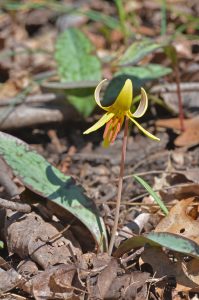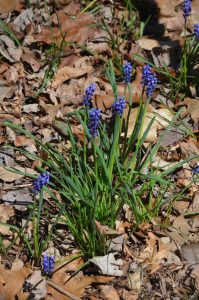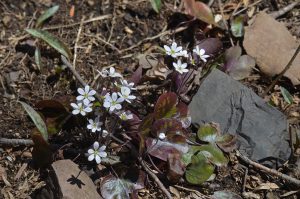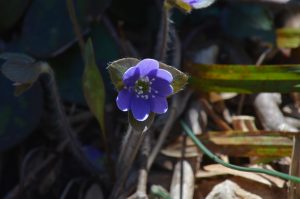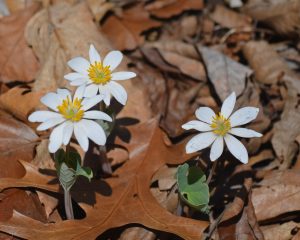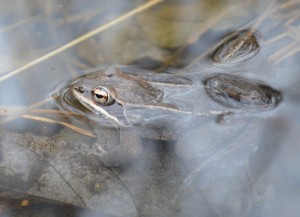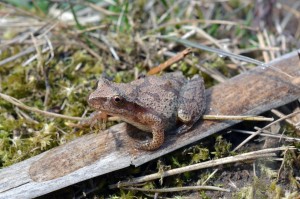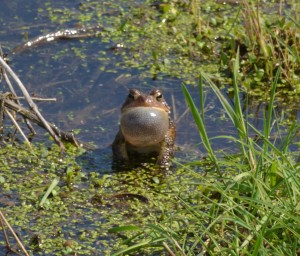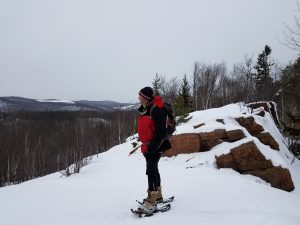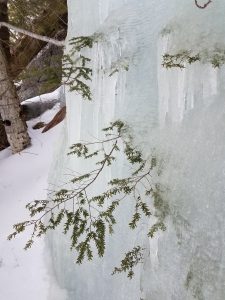When you mention the words Chincoteague or Assateague, the first thing most people may think about are the wild horses that inhabit the area. But for many visitors there may be some confusion as to where these ponies actually live-on “Chincoteague” or “Assateague?” Well, technically, the answer is both, sort of. Although the horses are referred to as the Chincoteague ponies, they really live on Assateague Island, and there are two distinct herds.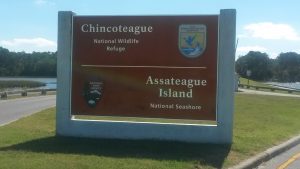
Assateague Island is a long barrier island that runs through the eastern parts of Maryland and Virginia. Simply put, any ponies that come off the island come from Chincoteague National Wildlife Refuge, which is found in Virginia, on the southern end of the island. The island is split by a fence to keep the herds on each side separate from one another. The Maryland side of Assateague is managed by the National Park Service. This end is called Assateague State Park. On the Virginia end of Assateague, the horses are managed by the Chincoteague Volunteer Fire Company, in the Chincoteague National Wildlife Refuge. Chincoteague is the neighboring island on the Virginia side.
Every year, the Virginia herd is rounded up in July for an event called Pony Penning. The ponies are herded across the water by the “Saltwater Cowboys” over to the town of Chincoteague, where a number of foals are auctioned off to control the size of the herd. The rest swim back to Assateague Island. The Chincoteague National Wildlife Refuge allows up to 150 adult horses on the refuge at one time. This prevents the ponies from overrunning the island and using up their resources. These ponies of the Virginia herd are called Chincoteague Ponies. The Chincoteague Pony is now a recognized breed. OK, got it straight now?

Recently, Tyler and I ventured east from our home in the Blue Ridge Mountains, to visit Chincoteague National Wildlife Refuge along the Atlantic Coast. But the ponies were only one of the attractions we wanted to see. We also wanted to do some birding, kayaking, check out the lighthouse and maybe take a late season swim in the ocean. Due to strong winds we decided to bag the kayaking and the dip in the waves. However, we did enjoy some fall birding, saw thousands of migrating monarch butterflies and donated a pint of blood each to the many, hungry mosquitos! In fact, a few times our birding was done “on a quick jog,” as we juggled our cans of bug spray and binoculars, while crazily swatting hordes of the wicked, blood-sucking insects. At one point, we both stopped along a trail to check out a Painted Lady butterfly, and were attacked by a swarm of mosquitos that were bigger than the butterflies we were looking at! Before he could even swat one, Tyler had 15 on each leg! We quickly did a 180, and made a hasty retreat to Big Blue!
Thousands of Monarch butterflies were migrating through Chincoteague NWR (above), while a Bald Eagle and Great Blue Heron watch all the human visitors to the island (below)
The Assateague Lighthouse….from afar, from below and from on top
Although the refuge was very crowded (free admission because it was National Public Lands Day), we did manage to see a variety of birds, one single Sitka deer and one of the endangered Delmarva Fox Squirrels……..oh, and yes, we saw many Chincoteague ponies, on Assateague! It’s a great place to visit at any time of the year, and we can’t wait to get back there!
A small Sitka Deer grazes along the entrance road
